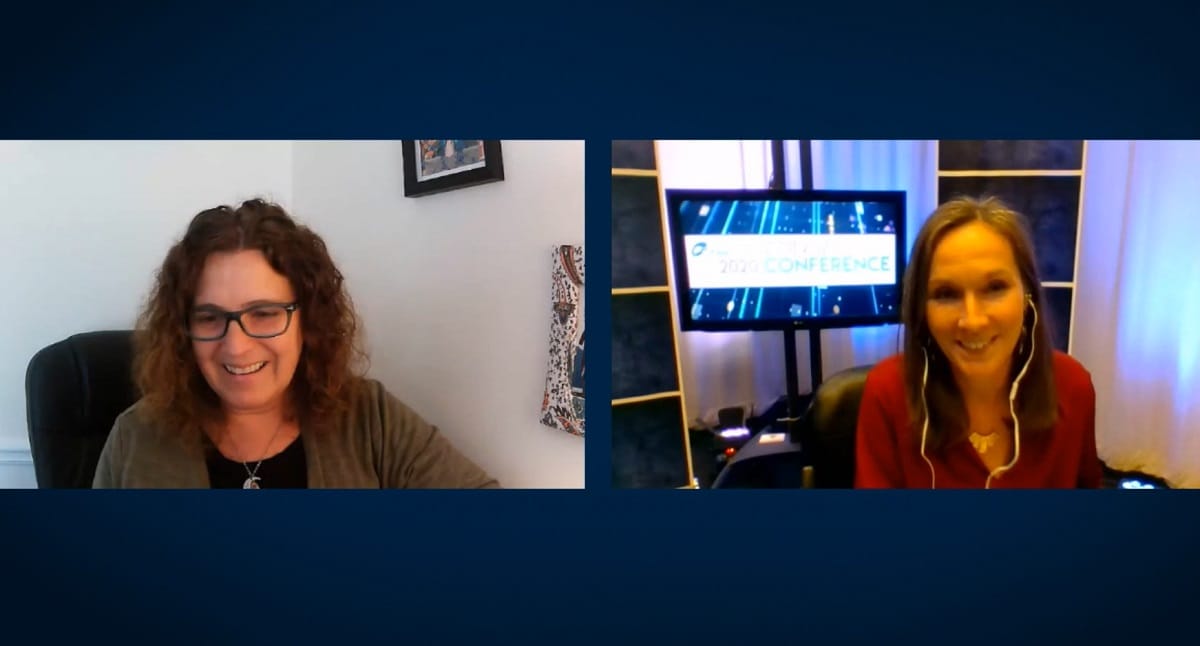At NATOA Conference, 5 Municipalities Highlight Broadband Efforts During Coronavirus Pandemic
September 5, 2020 – Telecommunications officials and advisors from five municipalities described how they have approached broadband during the time of a pandemic. Speaking at the virtual conference of the National Association of Telecommunications Officers and Advisors on “Leveraging Smart Communiti

September 5, 2020 – Telecommunications officials and advisors from five municipalities described how they have approached broadband during the time of a pandemic.
Speaking at the virtual conference of the National Association of Telecommunications Officers and Advisors on “Leveraging Smart Communities Beyond a Crisis” on Monday, these cities shared stories about rising above technological challenges presented by the coronavirus pandemic.

Michael Sherwood, chief innovation officer for Las Vegas
In Las Vegas, for example, city officials described using Citizen Broadband Radio Service spectrum for public Wi-Fi infrastructure across the city. Chief Innovation Officer Michael Sherwood, said that CBRS is “a mix of Wi-Fi and a mix of cellular wrapped into each other.”
As in Las Vegas, Boston’s Mike Lynch, director of broadband and cable for the city, explained how Boston has worked closely with its network providers to bridge the digital divide. He said this was manifest in lower broadband prices from Comcast, Verizon, and RGN Boston.
He also said the city was working to create more hotspots as well as digital literacy programs.
Since 2014, New Orleans’ broadband initiative has collected data on populations that need it, which has helped the city with targeted community projects.
Kimberly LaGrue, the city’s chief information officer, said that broadband has helped with workforce development programs, getting fiber connections to public housing and churches, hosting free device repair clinics, and providing additional educational opportunities in the community.

Doug McCollough, chief information officer for Dublin, Ohio
Dublin, Ohio, has done similar activities. “When COVID hit, the separation between private and public sectors changed,” said Doug McCollough, chief information officer.“Schools and communities have had to work together to provide broadband everyone.”
Preexisting broadband infrastructure and mapping has helped communities respond to COVID-19. Dublin’s fiber network, installed in 1996, has been invaluable, said McCollough. For Cobb County, Georgia, use of geographic information systems enabled them to use data effectively in responding to the coronavirus pandemic.
The panel agreed that the internet is a human right, and New Orleans and Dublin officials were the most vocal about this.
“Fiber broadband is paramount,” said LaGrue. “Any supportive plan for a city has to provide municipal fiber. It is the only way to bridge the digital divide.”
Boston’s Lynch agreed that “all of our citizens to be connected,” but acknowledged it was problematic to make broadband a utility.
“It should have been back in 1996” when the Telecom Act was passed, he said. “We are faced with the dilemma of taking the responsibility upon up to provide services to those who cannot afford them. We can’t make it a utility but we have to find the dollars to make it affordable.”








